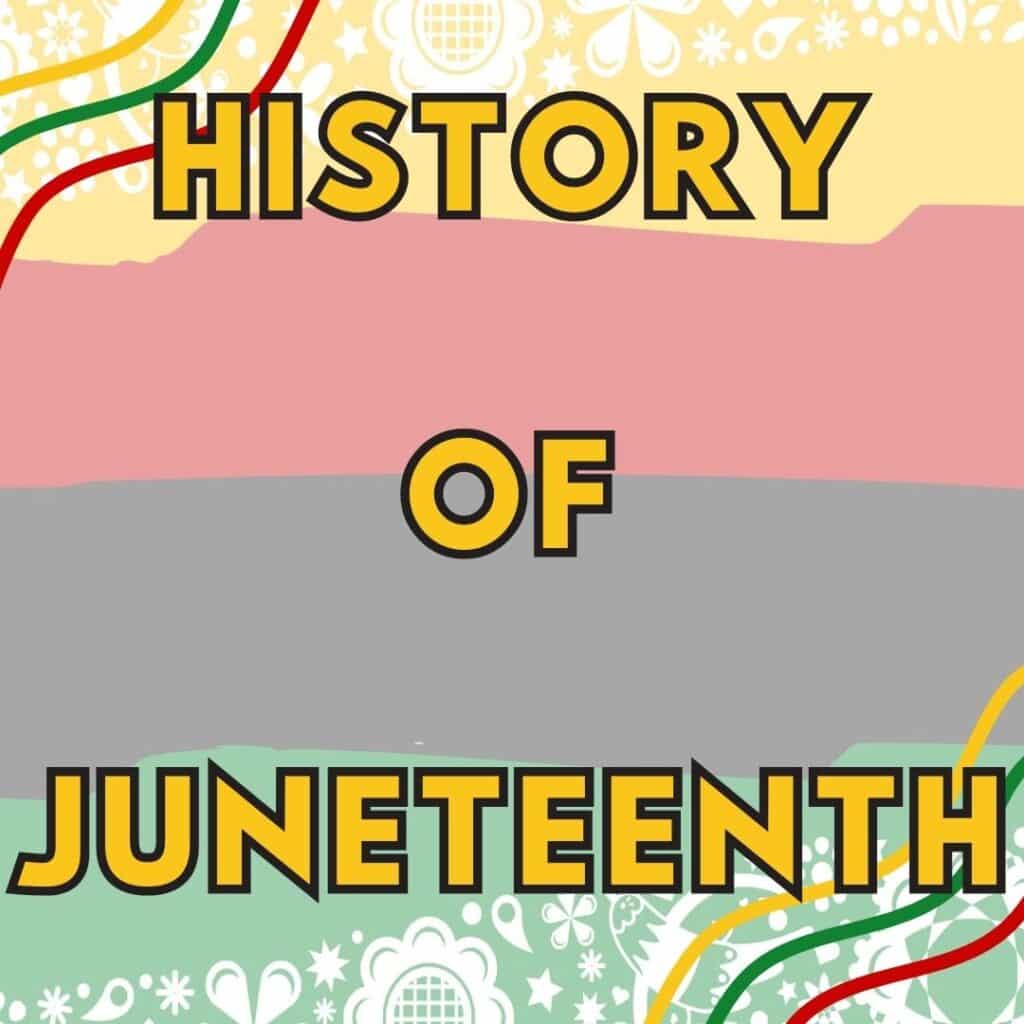
Juneteenth, also known as Freedom Day or Emancipation Day, is an important holiday that commemorates the emancipation of enslaved African Americans in the United States. Observed on June 19th each year, Juneteenth holds deep historical significance and serves as a powerful reminder of the enduring struggle for equality and freedom. In this blog post, we will delve into the history of Juneteenth, explore why it is celebrated, and provide educators with ideas on how to teach about this significant event in their classrooms.
The story of Juneteenth dates back to June 19, 1865, in Galveston, Texas, more than two years after President Abraham Lincoln issued the Emancipation Proclamation. Major General Gordon Granger arrived in Galveston with Union troops, announcing General Order No. 3, which proclaimed the freedom of all enslaved African Americans in Texas. This event marked the final enforcement of the Emancipation Proclamation, as Texas was the last Confederate state to be liberated.
Juneteenth represents a pivotal moment in American history when freedom and equality took a significant step forward. It symbolizes the end of the institution of slavery and the beginning of a new era for African Americans. Juneteenth is a celebration of resilience, the triumph of the human spirit, and the ongoing pursuit of civil rights.
Educators have a unique opportunity to educate their students about the historical significance of Juneteenth and foster discussions around freedom, equality, and social justice. Here are some ways teachers can incorporate Juneteenth into their lesson plans:
Here are some books on Juneteenth you can add to your classroom library:
Juneteenth is a momentous occasion that deserves recognition and exploration in classrooms around the world. By teaching about the historical significance of Juneteenth, educators can empower students to reflect on the journey toward freedom, civil rights, and equality. Through thoughtful discussions, engaging activities, and the use of children’s literature, teachers can inspire their students to appreciate the significance of Juneteenth and work toward
| Cookie | Duration | Description |
|---|---|---|
| cookielawinfo-checbox-analytics | 11 months | This cookie is set by GDPR Cookie Consent plugin. The cookie is used to store the user consent for the cookies in the category "Analytics". |
| cookielawinfo-checbox-functional | 11 months | The cookie is set by GDPR cookie consent to record the user consent for the cookies in the category "Functional". |
| cookielawinfo-checbox-others | 11 months | This cookie is set by GDPR Cookie Consent plugin. The cookie is used to store the user consent for the cookies in the category "Other. |
| cookielawinfo-checkbox-necessary | 11 months | This cookie is set by GDPR Cookie Consent plugin. The cookies is used to store the user consent for the cookies in the category "Necessary". |
| cookielawinfo-checkbox-performance | 11 months | This cookie is set by GDPR Cookie Consent plugin. The cookie is used to store the user consent for the cookies in the category "Performance". |
| viewed_cookie_policy | 11 months | The cookie is set by the GDPR Cookie Consent plugin and is used to store whether or not user has consented to the use of cookies. It does not store any personal data. |